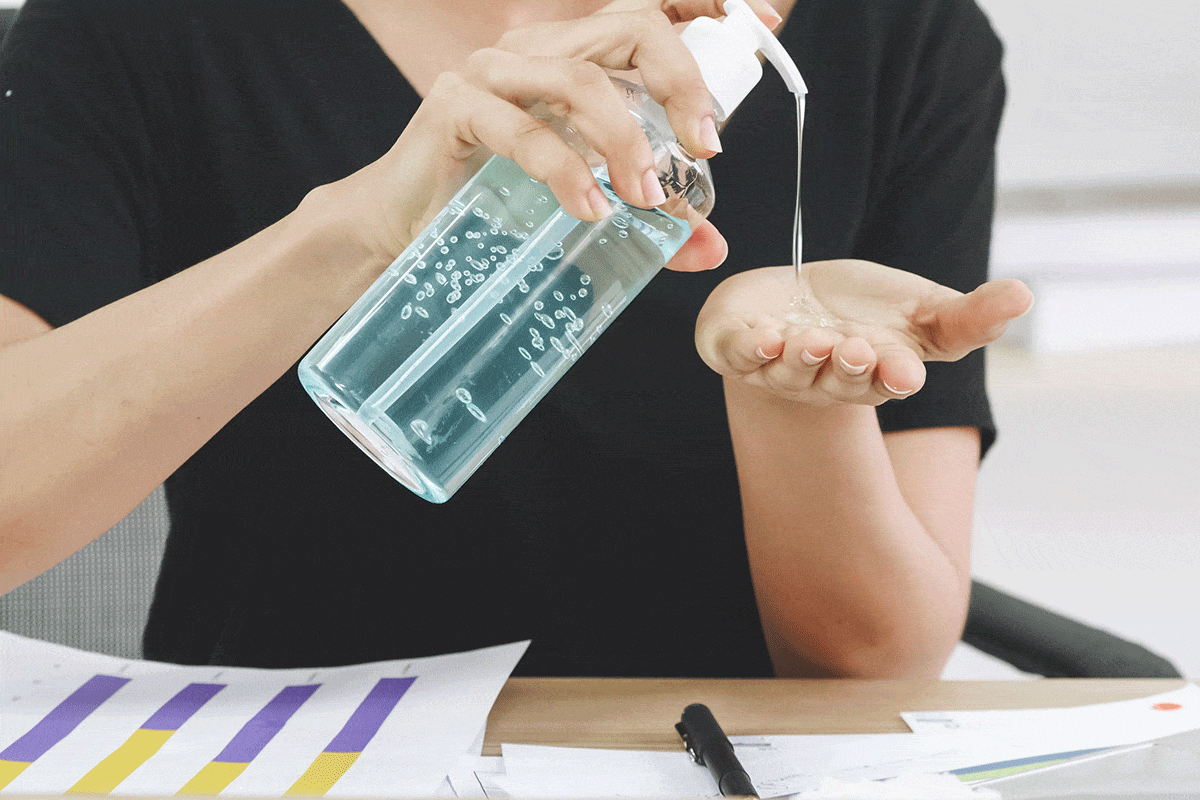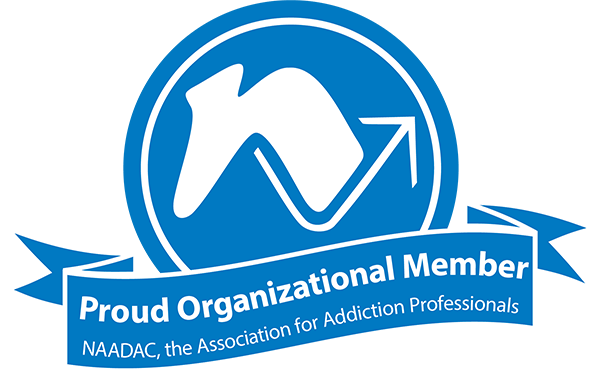Substances
Table of Contents
Key Points
- Retail “rubbing alcohol” is commonly 70–91% isopropyl alcohol; some products are denatured ethanol rather than isopropyl. Concentration and base alcohol vary by product and brand.
- The estimated lethal dose of 70% isopropyl alcohol for adults is roughly 240–300 mL. However, fatalities have occurred at lower amounts depending on patient factors such as age, comorbidities, and co-ingestion of other CNS depressants.
- The liver converts isopropyl alcohol into acetone, which primarily causes central nervous system depression.
- Symptoms can appear within minutes to an hour, with CNS depression sometimes occurring sooner than 30 minutes, depending on dose and patient factors.
- Call Poison Control immediately for individualized guidance; call 911 if the person has severe symptoms (e.g., unconsciousness, trouble breathing, seizures, shock) or if Poison Control advises EMS activation.
- Multiple treatment options exist for alcohol addiction, including medically supervised detox, inpatient rehabilitation, and outpatient programs.
Rubbing alcohol, or isopropyl alcohol, is an extremely toxic substance that can cause severe illness, permanent organ damage, or death if consumed. Unlike the ethanol found in alcoholic beverages, rubbing alcohol is a potent poison that should never be ingested under any circumstances.
What is Rubbing Alcohol?
Rubbing alcohol, or isopropyl alcohol, is a chemical compound commonly used as a disinfectant and cleaning agent.[1] Isopropyl rubbing alcohol typically contains water and may contain bitterants, dyes, or fragrances; ethanol-based rubbing alcohol requires denaturants for tax and regulatory purposes, but some commercial isopropyl products also include denaturing agents to discourage ingestion. Its name comes from its historical use as a medicinal rub to reduce fever and relieve muscle aches.
Unlike ethanol found in alcoholic beverages, isopropyl alcohol is manufactured through a chemical process involving the hydration of propylene.[2] This creates a clear, colorless liquid with a strong, distinctive odor. The substance rapidly evaporates at room temperature and is highly flammable, making proper storage essential. Healthcare settings commonly use 70 percent solutions for antiseptic purposes, while higher concentrations are often found in industrial and laboratory applications.
Why Would Someone Try To Drink Rubbing Alcohol?
People may attempt to drink rubbing alcohol during periods of severe alcohol addiction when they cannot access or afford regular alcoholic beverages. During these moments of desperation, someone might turn to rubbing alcohol, mistakenly believing it will produce effects similar to drinking ethanol. This dangerous decision often stems from the intense cravings and impaired judgment that accompany alcohol use disorder.
Some people may also try drinking rubbing alcohol due to misinformation or confusion about its relationship to drinking alcohol. They might not understand that isopropyl alcohol is a completely different substance that acts as a poison in the human body. In rare cases, rubbing alcohol consumption may be attempted as a means of self-harm, particularly when someone is experiencing a mental health crisis and needs immediate support.
Can Drinking Rubbing Alcohol Cause Poisoning?
Poisoning severity is dose-dependent; small accidental sips may cause limited GI irritation and intoxication, while larger ingestions can cause severe toxicity and may require emergency care. The liver converts isopropyl alcohol into acetone; the parent alcohol is the principal driver of CNS depression, with acetone contributing and accounting for ketosis/osmolar gap.
Isopropyl alcohol is more potent as a CNS depressant than ethanol, leading to deeper sedation, respiratory depression, and hypotension at lower doses. Isopropyl alcohol classically causes ketosis without significant metabolic acidosis, but acidosis can occur in severe poisoning (e.g., due to lactic acidosis from shock/hypoperfusion). While rare, kidney injury and brain damage can occur in severe cases, typically secondary to hypotension, hypoxia, or prolonged CNS depression.

Does It Take Less Rubbing Alcohol Than Regular Alcohol to Cause Poisoning?
Yes, rubbing alcohol is far more toxic than drinking alcohol, requiring much smaller amounts to cause severe poisoning.[4] While ethanol concentration matters, eight ounces of 40% spirits typically causes marked intoxication in most adults, but the lethal risk is less than with isopropanol at similar volumes. Isopropanol ingestion may be fatal without rapid medical intervention, whereas ingestion of similar volumes of beverage alcohol is far less likely to be fatal. The concentration of isopropyl alcohol, typically 50 to 91 percent, makes it particularly dangerous compared to alcoholic beverages that contain much lower percentages of ethanol.
Isopropanol is metabolized by alcohol dehydrogenase to acetone; the apparent rate depends on multiple factors. Ethanol competitively inhibits ADH and can slow isopropanol metabolism. Ingesting even a small amount of rubbing alcohol can lead to severe complications, including CNS depression, hypotension, and gastrointestinal irritation. Isopropyl rubbing alcohol typically contains water and sometimes bitterants/dyes or fragrance; ‘denaturants’ are relevant to ethanol-based rubbing alcohol, not isopropyl formulations.
What Are the Symptoms of Rubbing Alcohol Poisoning?
The symptoms of rubbing alcohol poisoning include:[5]
- Abdominal discomfort: Due to gastrointestinal irritation
- Vomiting that can accompany blood: Hematemesis (bloody vomit) can occur from hemorrhagic gastritis; esophageal bleeding is usually from retching-related Mallory–Weiss tears rather than direct caustic injury by isopropanol.
- Mental status changes: These include confusion, disorientation, and slurred speech, which can rapidly progress to loss of consciousness.
- CNS Depression: CNS depression from isopropanol can be more pronounced at a given volume than many ethanol beverages, but severity is dose- and concentration-dependent and varies by patient factors.
- Dangerous drops in blood pressure: Hypotension in isopropanol poisoning generally indicates severe toxicity, shock, or significant co-morbid factors; it is rare in mild or moderate ingestions and usually appears late in the poisoning course.
What To Do If You Accidentally Swallow Isopropyl Alcohol
If you or someone else accidentally swallows isopropyl alcohol, take these immediate actions:
- Call Emergency Services: First contact Poison Control for individualized guidance; contact 911 immediately only for severe symptoms (e.g., unconsciousness, respiratory compromise, seizures, shock) or if Poison Control directs.
- Do not induce vomiting: Forcing vomiting can cause additional damage to the throat and esophagus and may worsen the situation.
- Seek medical attention: Asymptomatic or minimal accidental ingestions can often be managed at home with Poison Control follow-up; ED evaluation is indicated for intentional, large, or symptomatic ingestions.
- Preserve the container: Keep the rubbing alcohol container to show medical staff, as this helps them determine the concentration and ingredients.
- Document the time: Note when the ingestion occurred and approximately how much was swallowed.
- Safe Positioning: Keep the person seated upright or in the recovery position; avoid standing due to fall risk with CNS depression.
- Oral Intake After Ingestion: Do not give food; rinse the mouth and offer small sips of water only if advised by Poison Control to dilute residual irritant.
Getting Help For Alcohol Abuse and Addiction
When someone struggles with alcohol addiction, reaching out for help is a courageous and vital first step toward recovery. Multiple effective treatment options and support systems exist to help people overcome alcohol dependence safely and build lasting sobriety. Professional treatment addresses both the physical and psychological aspects of addiction while providing essential tools for long-term recovery.
Professional help options include medically supervised detox programs, which provide safe withdrawal management and around-the-clock medical care. Inpatient rehabilitation offers intensive treatment in a structured environment, while outpatient programs allow people to receive therapy while maintaining their daily responsibilities. These programs typically combine evidence-based treatments like cognitive behavioral therapy, medication-assisted treatment when appropriate, and comprehensive counseling services.
Support groups and community resources play a vital role in recovery. Organizations like Alcoholics Anonymous provide peer support, while family therapy helps heal relationships and build a strong support network. Local mental health centers often offer sliding-scale payment options to make treatment more accessible







